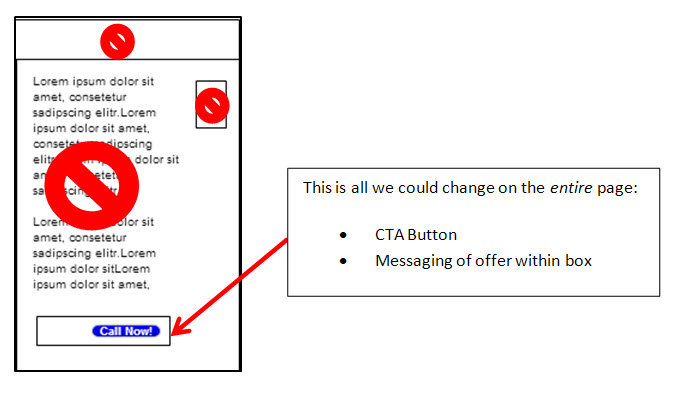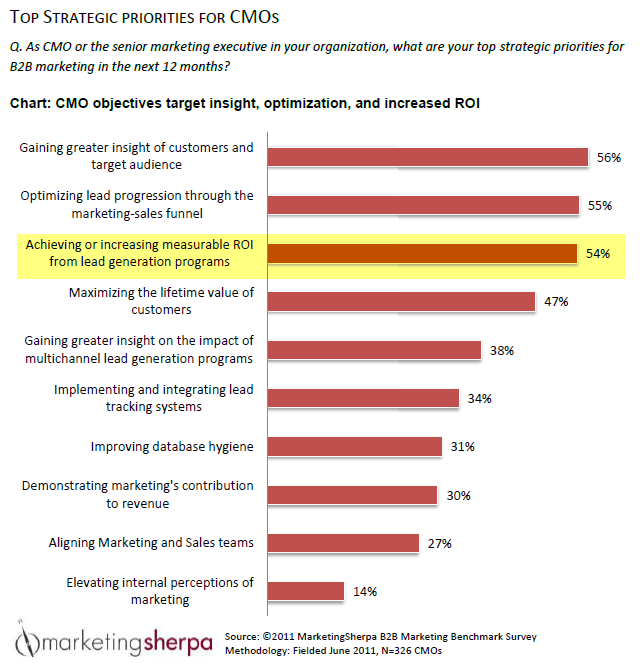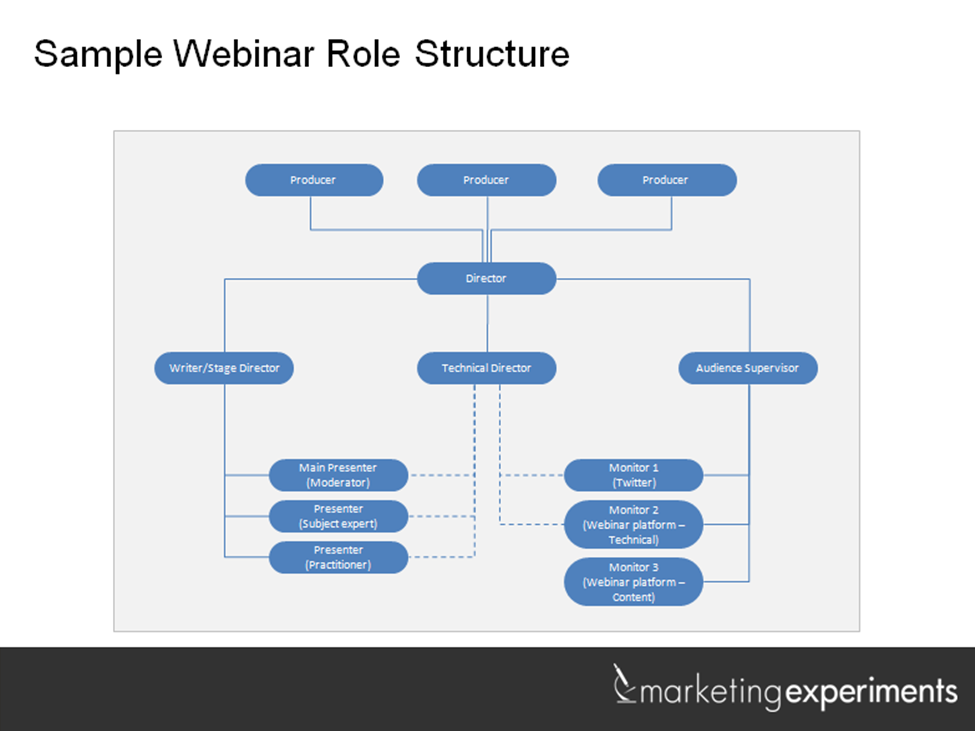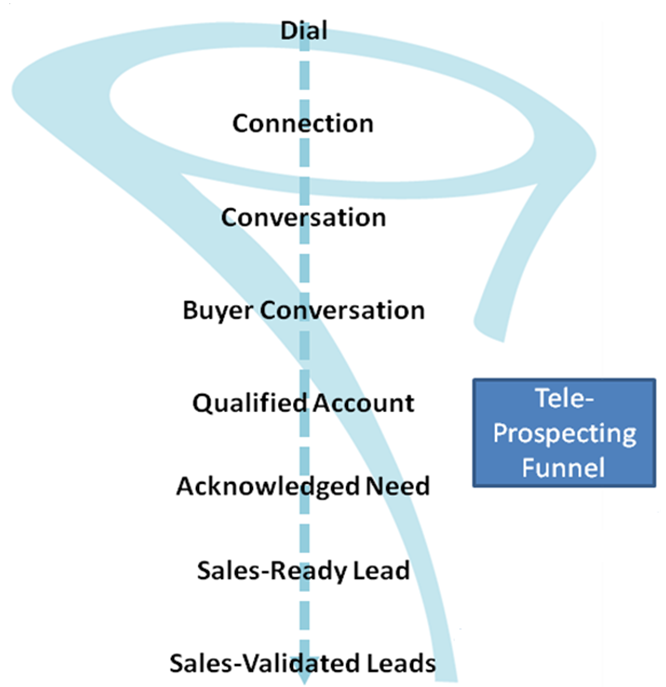 Every advertising agency, SEO specialist, and PR firm likes to be seen as a partner, not a vendor. And that may well define your relationship. But, go down to accounting and explain that relationship, and they’ll laugh in your face.
Every advertising agency, SEO specialist, and PR firm likes to be seen as a partner, not a vendor. And that may well define your relationship. But, go down to accounting and explain that relationship, and they’ll laugh in your face.
And for good reason. While, hopefully, you do have that close knit partner relationship, at the end of the day, this is a financial arrangement and you must maximize the value of that arrangement.
On the face of it, performanced-based pricing seems like a no-brainer. You get a guaranteed result, or you don’t pay.
Is this a great country, or what?
Like many things, the devil is in the details. First of all, you have to keep in mind that the vendor knows the metrics far better than most prospective clients do. That means, in many cases, the vendor is selling the illusion of risk. Second, and more importantly, you have to be sure the result you are paying for is the result you really want.
Let me show you what I mean. I’ll use a teleprospecting vendor as an example, and highlight the lesson you can get out of each example for the type of vendors you work with every day.
What intermediate metrics truly contribute to your success?
In B2B lead generation, a common result is defined as an appointment for sales people. The cost per appointment generally runs from about $400 to $800, depending typically on volume, your brand and the target. If you can provide the vendor with the people your sales team absolutely, positively wants appointments with, you’re in business.
In my case, I would gladly take appointments with CMOs of B2B companies with $500 million or more in revenue. At least, that would probably be my immediate response. Of course, there might be a few CMOs in that target that oversee pure e-commerce plays, or highly commoditized, low-end products that do not require lead generation, my area of expertise (or, so I would like to think). Therefore, I might pay for some appointments that I don’t really want. So, the real cost for a qualified appointment might be a bit higher than I originally agreed to.
Then there is the hidden cost: sales productivity. The purpose of such services is to increase sales productivity. For these kinds of top executive-level appointments, the representative might very well expect to meet face-to-face with the CMO. So, you have to add to the equation the cost of the commuting time and meeting time. Loaded field sales costs for complex solutions often start at about $100 an hour and can be $500 an hour or more, for elite, high-end key account sales people.
Very quickly, a $500 appointment can become an $800 or even $1,500 appointment, especially if any serious commuting takes place. If the conversion-to-deal is high or the revenue-per-deal is high, then who cares? In many cases, however, buyers find out that 20 to 30 percent of the appointments are not a fit. Now the cost of the qualified appointment goes way up, and the soft cost of sales expense goes to the moon, not to mention the hit on sales productivity.
Unless you are absolutely certain that your sales team wants appointments with a particular set of individuals, then you really need to focus more on qualified leads, not just appointments.
LESSON LEARNED: Make sure you pick the correct intermediate metrics when paying for performance.
Are you helping your vendors be successful?
OK, now you have learned your lesson, the hard way. You won’t do that again, right? So you negotiate a cost per lead fee structure. Before you do, you wisely work with sales to define BANT (Budget, Authority, Need and Timeline) lead criteria and structure the deal accordingly. Again, the devil is in the details. What if sales discovered, after further review, that what they really wanted was to get in to larger accounts before the prospect had finalized a budget? In those cases, maybe the deal takes longer but the win rate is higher and the deal size is higher. Happens all the time. Now you have to try to change the deal. At least for some accounts.
With leads, there is also often subjective information, open to interpretation. Is the prospect really acting with authority? Do they really have a budget? Even seasoned sales people can be mistaken about such things. In short, lead qualification is almost always nuanced, complex and evolving, as the teleprospecting operation figures out how to qualify leads precisely and the sales organization figures out what it really wants and needs. This reality often creates conflict with the vendor initially, because the fee structure negotiated is not really the right fee structure and so one side or the other loses.
Finally, if the vendor is taking all the risk, many people understandably put vendor support on the back burner. It’s human nature. In reality, teleprospecting operations fail, including those that are in-house, without proper support from marketing and sales. For example, from marketing, this operation needs lists, assets and tools, and an appropriate supply of reasonably qualified responders. From sales, the team needs training and mentoring on qualification and precise, rapid feedback on leads..
After all, the fee is fixed and the operation should run on auto-pilot. You also might not bother investing in effective demand generation that feeds the vendor or even list development, instead allowing the vendor to get by on cold-calling decaying lists.
Your program then becomes the dumping ground for new hires. The vendor might also park underperformers there before giving them their walking papers. In other words, both you and the vendor try to extract some value out of the effort. But, some of what matters isn’t getting measured, like the cost in the market place to your brand because of the quality of the calling.
LESSON LEARNED: A business relationship is a two-way street. Your vendor can’t help you be successful, if you don’t help it be successful. As Jerry Maguire said, “Help me help you!”
Is there transparency in your relationship?
So, what’s the right approach? It really depends on what you need and how clear you are about your needs. If you have a reasonably well-oiled, well-documented process and approach to teleprospecting, then asking the vendor to share in the risk and the upside can serve your mutual long-term interests.
If things are not going so well and you need to figure out the right approach, then pay-for-performance is going to create unnecessary conflict. You might be better served in that case to put your focus on determining the right model or strategy for teleprospecting and the parameters of a pilot. Insist on a level of transparency during the pilot and then use the pilot to optimize the approach. Then, after the production level has begun to plateau, start working on a shared risk model.
The right shared risk fee structures ensure that both the vendor and the client win if the program is working and lose if the program is failing. To arrive at such an arrangement, there must be clarity on both sides about mutual obligations and the consquences for non-compliance. Mutual trust and respect are also necessary, including a win-win approach to the fee structure.
To those who might argue that every dollar of profit a vendor makes is a dollar of margin that is lost to its clients, I would point to the free enterprise system. Everywhere in free markets, the quest for profits drives higher levels of efficiency (and losing money drives companies out of markets and out of business). If the vendor makes above average profits for driving above average efficiency, then its clients are the beneficiaries. And the profits that the vendor makes must always be tempered by what its competitors offer or what its clients believe they can achieve in-house.
LESSON LEARNED: A rising tide lifts all boats…as long as everyone is clear on how “tide” and “boat” are defined in the process. So, before you dive in, dip your toe in and start with a pilot that has flexibility to evolve over time. Once the proper success metrics have been discovered, and a working relationship is established, you can create a more successful payment model that truly shares risk and reward.
But don’t stop there. Look at this as an evolving fee model. Continue to optimize as you learn more about what creates a mutually successful relationship.
Related Resources
B2B Marketing: The 7 most important stages in the teleprospecting funnel
B2B Lead Generation: Why teleprospecting is a bridge between sales and marketing
B2B Marketing: The FUEL methodology outlined
Free MarketingSherpa B2B Newsletter













